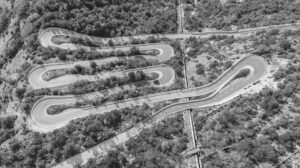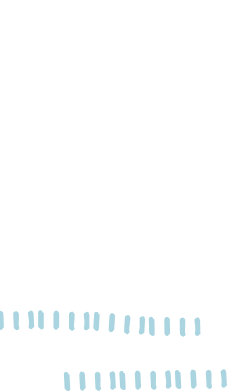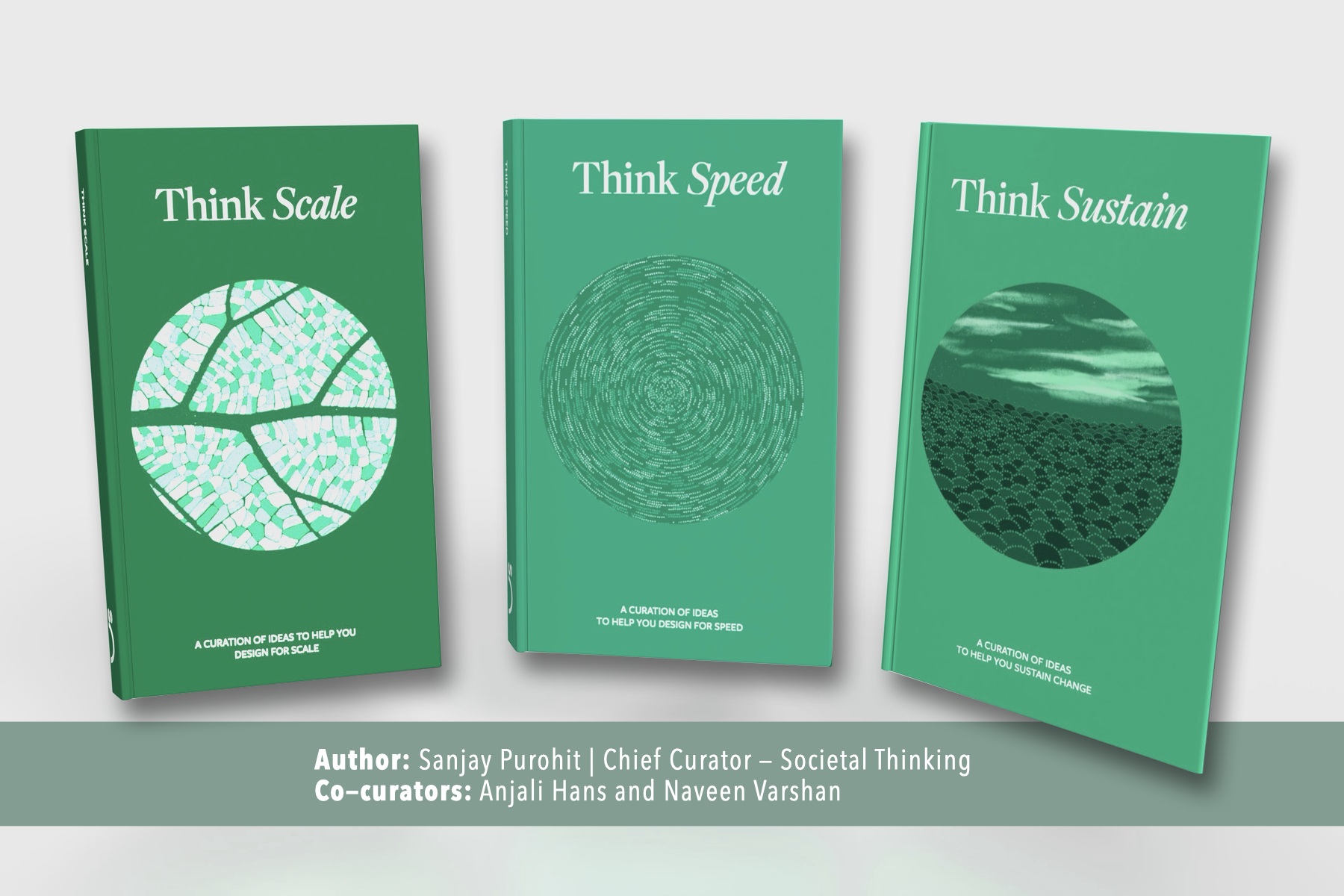 If I were an eagle I would be able to see 8 times farther than the healthiest human eye. As I’d soar in the sky 10,000 feet above the ground, I’d be able to see a 180-degree view of the beautiful panorama below me. I would be able to identify a very wide spectrum of colour – not just the regular reds, yellows and greens, but also the cyan and light cyan. Still, my greatest superpower would be shifting focus effortlessly, to be able to instantly zoom in from the big picture to a small mouse running a mile away.
If I were an eagle I would be able to see 8 times farther than the healthiest human eye. As I’d soar in the sky 10,000 feet above the ground, I’d be able to see a 180-degree view of the beautiful panorama below me. I would be able to identify a very wide spectrum of colour – not just the regular reds, yellows and greens, but also the cyan and light cyan. Still, my greatest superpower would be shifting focus effortlessly, to be able to instantly zoom in from the big picture to a small mouse running a mile away.
 If I were an ant, I would be able to see things from a very different angle. I would be able to see the small dents, holes and imperfections that are not visible from the top. I would be able to see how things interact with each other, sometimes I would see the Achilles heel that could dismantle big boulders with little effort and, other times, even see the problem behind the problem.
If I were an ant, I would be able to see things from a very different angle. I would be able to see the small dents, holes and imperfections that are not visible from the top. I would be able to see how things interact with each other, sometimes I would see the Achilles heel that could dismantle big boulders with little effort and, other times, even see the problem behind the problem.
Sometimes, people are able to see social problems only from the ant’s point of view.
Every problem looks like a big boulder obstructing their path towards societal change. They build solutions that work very well at chipping away boulders but may not solve the problem behind the problem.
On the other hand, some people are able to see problems only from the eagle’s point of view. They see the big picture and miss out the dependencies and diversity needed to solve problems at scale, for everyone. They see the vibrant flowers but miss the worms that hide behind the leaves and eat up the plants.
To solve social problems at scale, solvers would need to develop both the eagle and the ant’s point of view, and shift between the two. The eagle’s view offers a colourful and wide picture to find their ‘why’. The ant’s view reveals the context of diverse problems, the right leverage point to solve them locally and gives solvers the pathway to find their ‘what’.
I talked to Mala Subramaniam, CEO of Arghyam to understand how she embodies the eagle’s view as well as the ant’s. She said, “In 2005, we were the only water-focused organisation. In our initial phase, we spent time understanding the landscape, doing on-ground work and building collaborations. Our strategy was to demonstrate workable models of change, impact policy and hope that the government would eventually scale at a population level. Our efforts yielded wonderful results, but in small pockets. We realised that it would take us 30,000 years to solve the problem of water security with our current mode of replicating these successful small pilots! We knew it was time to pause and look at the problem from a different lens. We asked ourselves, have we looked at the problem at scale, have we looked at the problem from multiple angles, have we understood adjacent problems?”
Arghyam pivoted to focus on 3 things that would create exponential change, i.e., change that induces more and rapid changes:
- Investing in first-mile citizens who are aware of local geology, are directly dependent on water resources and need structured knowledge to improve its quality, access and conservation.
- Creating a structure that would connect and increase interactions between various ecosystem actors such as master trainers, trainers, trainees and communities, ensuring that the training curriculum is participatory and demand-based rather than one-size-fits-all.
- Building a reusable repository of these trained resources all over the country so that people who are solving water table problems today can solve problems such as arsenic pollution in the future.
Here you have it – solving at scale begins with looking at the problem with multiple perspectives – at scale, from deep-in-the-trenches, through the eyes of partners, through the eyes of citizens and many many more lenses.
Einstein famously said, “If I had an hour to solve a problem I’d spend 55 minutes thinking about the problem and five minutes thinking about solutions.” I agree. Half the solution lies in discovering the problem in itself!
Have you looked at the problem from multiple perspectives? In our Societal Thinking course on Udemy, 13 global practitioners share how they see problems differently and how they design solutions for scale.
 Back
Back


